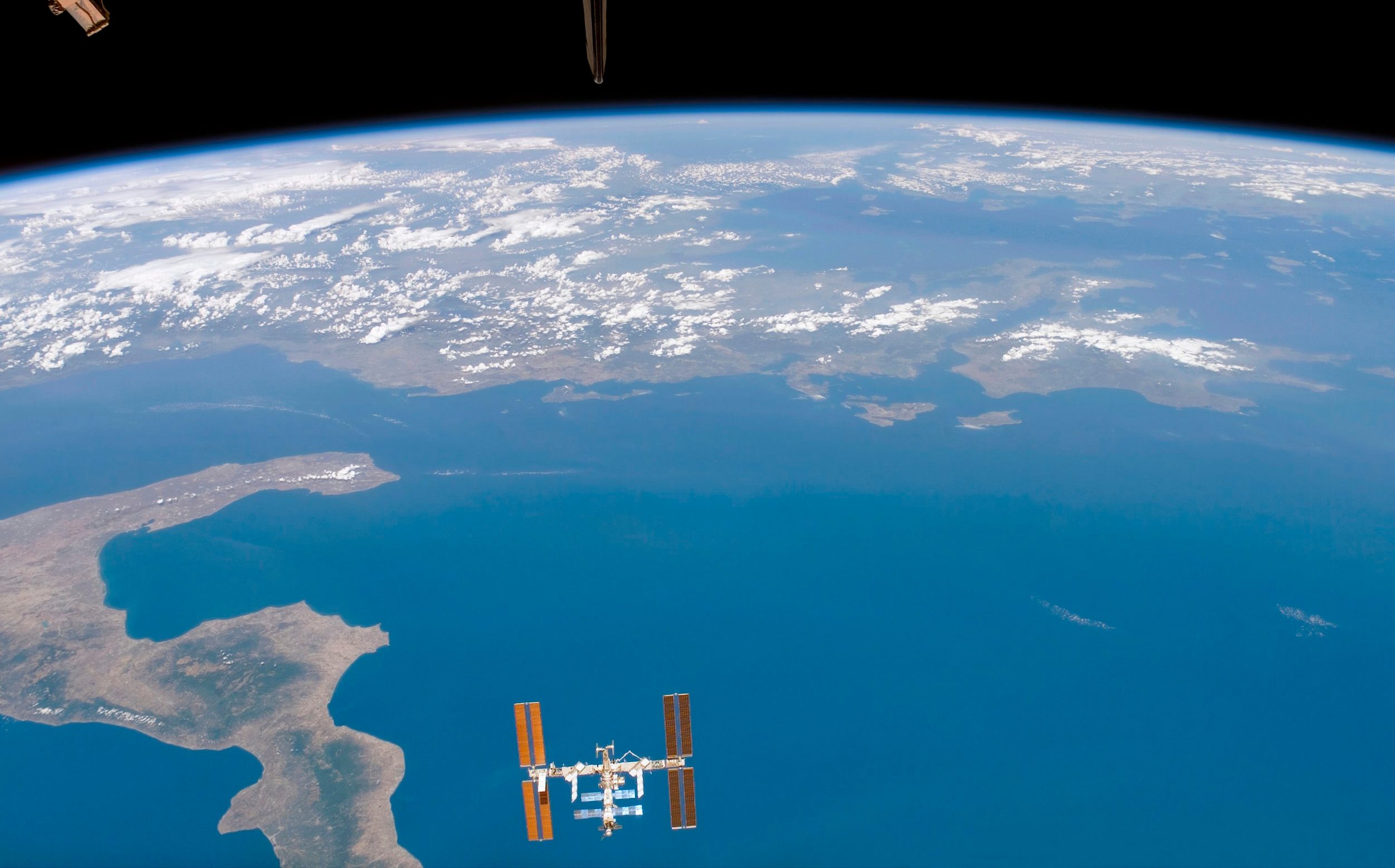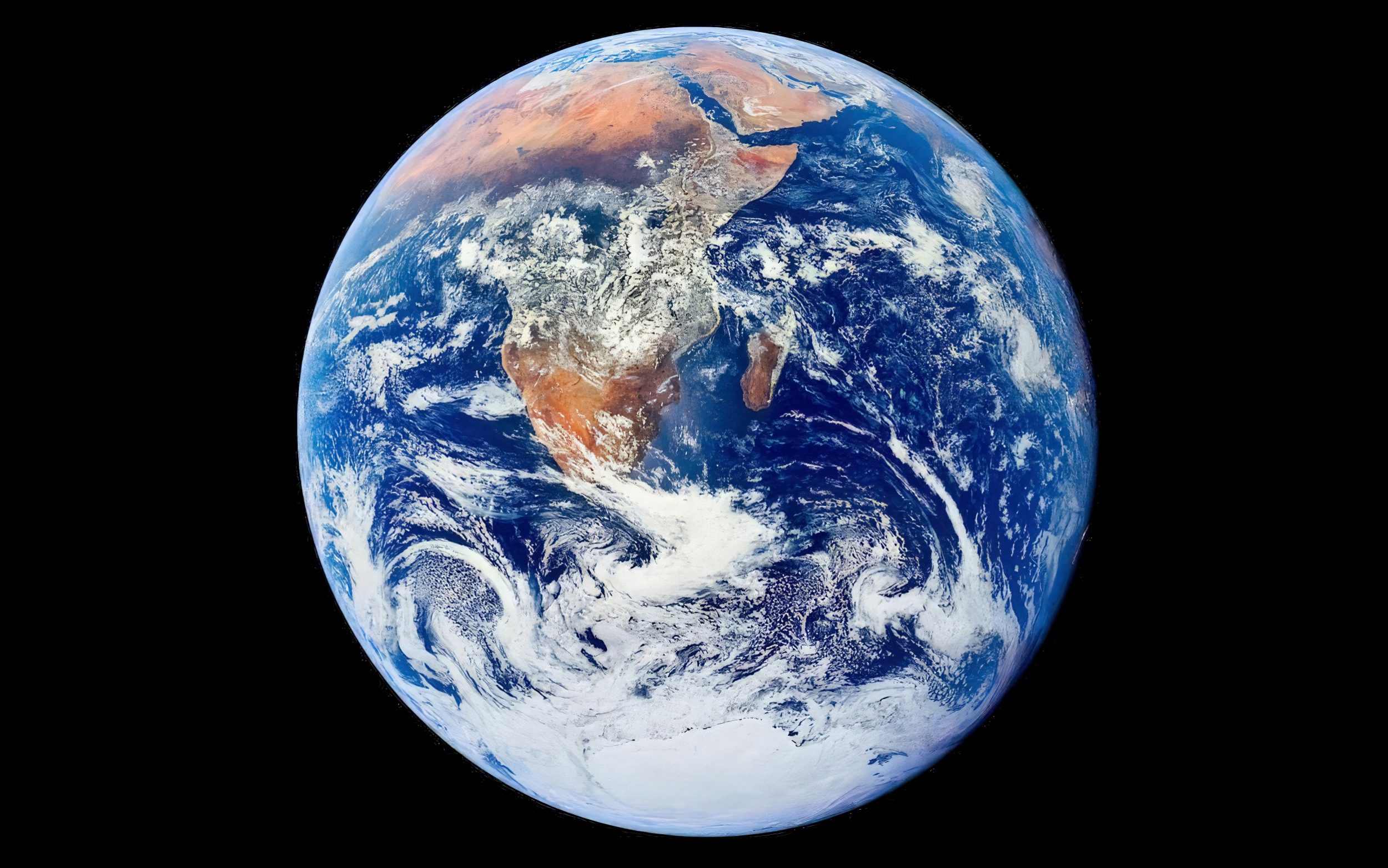
The Earth may have been originally flatter, resembling a Smartie rather than a sphere, a new study suggests.
formation developed by the University of Central Lancashire (UCLan) show that newborn planets form as oblate spheroids – orbs squashed from the top and the bottom but bulging in the middle.
Earth today is still classed as an oblate sphere, being slightly flatter at the poles and larger at the equator.
But the simulations suggest rocky planets, such as Earth, start out life far more squashed, like a flying saucer.
Over time, planets grow and become more spherical as material falls onto them mainly on the poles rather than the equator.
Dr Dimitris Stamatellos, a reader in astrophysics at UCLan, said: “We have been studying planet formation for a long time but never before had we thought to check the shape of the planets as they form in the simulations.
“We had always assumed that they were spherical. We were very surprised that they turned out to be oblate spheroids, pretty similar to Smarties.”

Today Earth is flattened by just 0.3 per cent, but young planets can be flattened to around 90 per cent, the simulation suggests.
The team said the discovery could help explain how planets form. One theory is the accretion model which suggests dust particles gradually stick together, eventually forming planets.
The second theory, which was used in the new simulations, is known as disc instability and suggests that large rings of gas and dust form around new stars and then fragment into chunks that become planets.
If the theory is right, and new planets are flatter, it could help astronomers studying planets in far away solar systems.
Dr Adam Fenton, a recently graduated PhD student at UCLan’s Jeremiah Horrocks Institute for Mathematics, Physics, and Astronomy, who led the research, said: “Many exoplanets, which are planets that orbit stars in other solar systems outside of our own, have been discovered in the last three decades.
“Despite observing many thousands of them, how they form remains unexplained.
“It is believed that they either form through core accretion, which is a gradual growth of dust particles that stick together to form progressively larger and larger objects on long timescales, or directly by the breaking up of large rotating protostellar discs around young stars in short timescales, which is what we call the theory of disk instability.
“This theory is appealing due to the fact that large planets can form very quickly at large distances from their host star, explaining some exoplanet observations.”
The research was published in the Astronomy & Astrophysics Letters journal.
%n

Post a Comment
0Comments